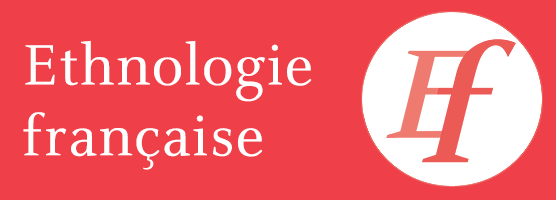Corsican Language: Situation and Debates
The article puts forward a socio-historical analysis of the Corsican language. The Corsican language evolved from Latin. It subsequently developed by way of a permanent contact with Tuscan, which would eventually assume official status as the Italian national language. This led to a stable demarcation between various functions : Corsican was the language of everyday life, while Tuscan was the literary and official medium, as was the case in all the states of the Italian peninsula. The situation would change when Corsica was united with France. In the course of the following century, official policies would succeed in depriving Italian of its former function. The policy was first accomplished in education and in the legal system. It eventually won over the Church, though not before 1937. Deprived of its Tuscan model or reference, the Corsican language, in the course of the 19th century, gradually came to occupy the entire cultural field, performing all the linguistic functions, including that of written language. The period beginning in 1970 would witness a striking cultural blossoming, coupled with the definition of a « polynomic » language : a language regarded as the sum of its dialects, each respected for its variety. The present state of the language is a paradoxical one. On the one hand, the use of the Corsican language in everyday life continues to decline. On the other hand, Corsican has been introduced into fields from which it was traditionally excluded. This is particularly true of education. The Regional Council of Corsica has a resolute policy for the promotion of Corsican. The problem is how to go beyond its invocation as an indisputable symbol of identity to its social use in contemporary everyday contexts.
Keywords
- the Corsican language
- literature
- bilingualism
- education
- Corsica
